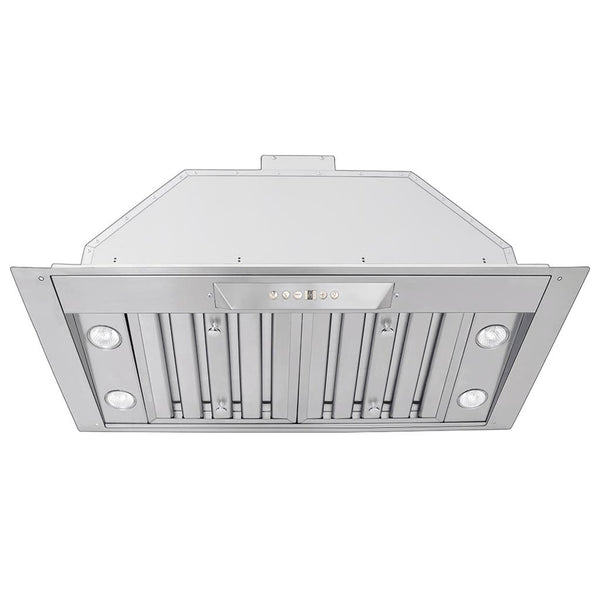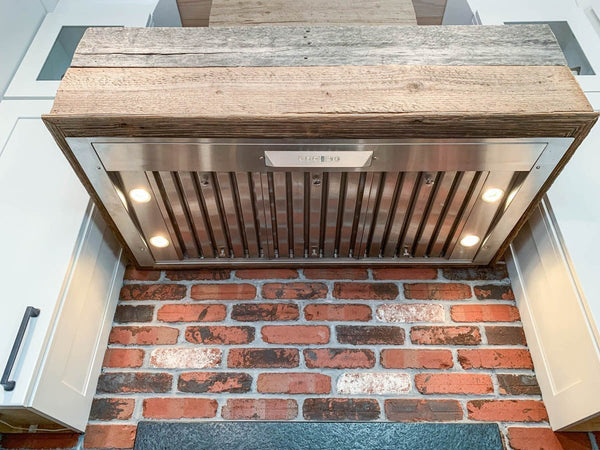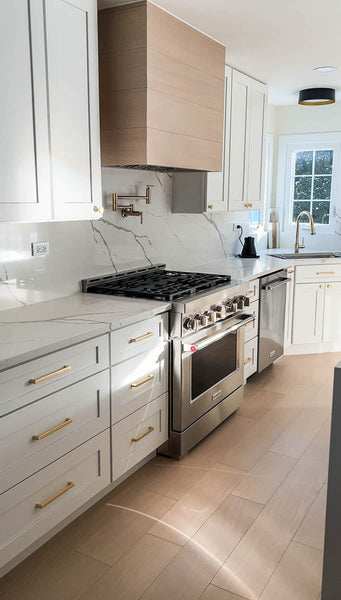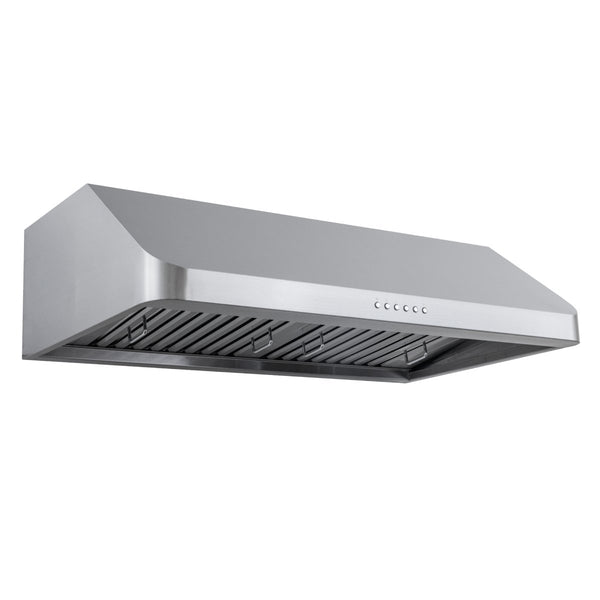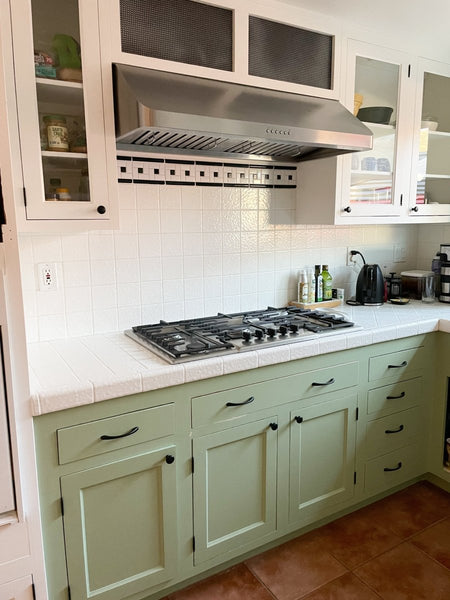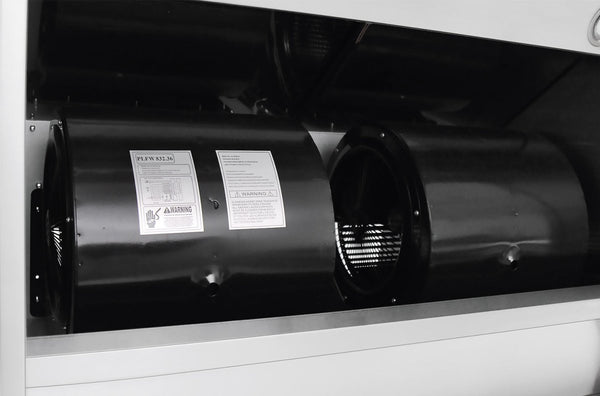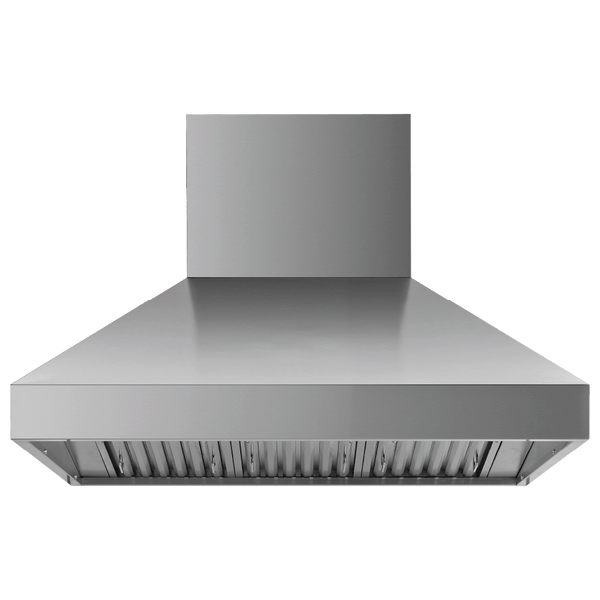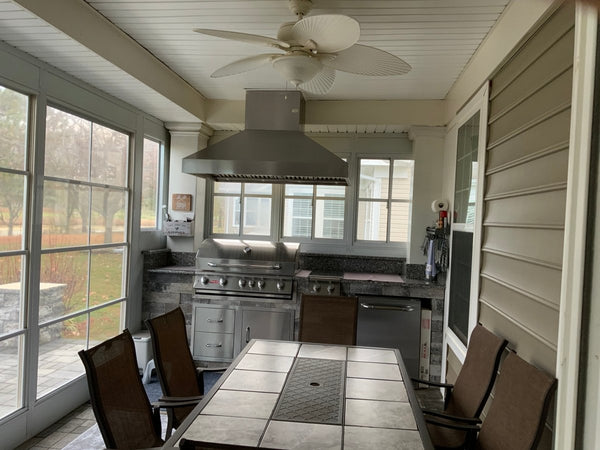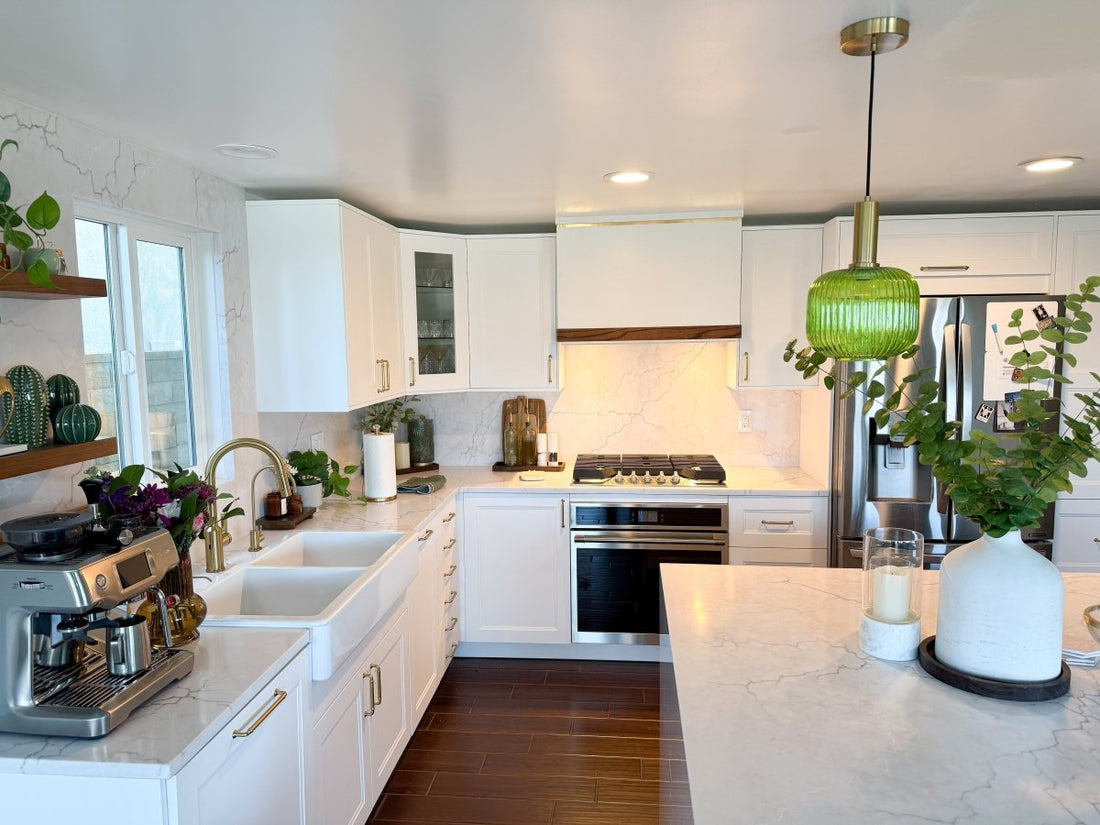Table of Contents
Introduction: Who Should Install Their Own Range Hood?
A well-ventilated kitchen is essential for healthy indoor air quality, removing smoke, grease, and cooking odors. A properly installed range hood is the key to achieving this cleaner environment.
This article will help you decide whether to install a range hood yourself or hire a professional.
For DIY enthusiasts: If you have basic electrical knowledge, are comfortable with tools, and are installing an under-cabinet, wall-mounted, island, or insert hood with existing ducting or wiring, this project might be within your capabilities.
Consider hiring a professional if:
- You need new electrical wiring
- Your installation requires complex ductwork
- You're installing a heavy island or wall mounted chimney-style hood
- Local building codes require permits for this work
Let's explore the details so you can make an informed decision for your kitchen upgrade.
Step-by-Step Guide to DIY Range Hood Installation

Follow these detailed steps for a successful installation.
Essential Tools
Drill with various bits
Screwdriver set (Phillips and flathead)
Tape measure
Level
Stud finder
Reciprocating saw or jigsaw
Utility knife
Wire stripper/cutter
Voltage tester
Duct tape or foil tape
Safety glasses and work gloves
Materials Checklist
Mounting hardware
Ductwork components:
Duct pipes (correct diameter for your hood)
Elbows/bends
Wall/roof cap
Damper
Electrical supplies:
Wire nuts
Electrical tape
Additional wiring (if needed)
Caulk or sealant (for weatherproofing exterior vents)
1. Preparing the Workspace, Testing the Hood, and Safety Precautions
This is an overall DIY installation guide. For specific by type of range hood installation (i.e. Under-cabinet, Wall mounted, ETC.) Click here!
⚠️ SAFETY WARNING: Electrical work can be dangerous. If you're uncomfortable with any step, consult a professional.
- Clear the area around your cooktop completely
- Remove items from cabinets near the installation area
- Cover countertops to prevent damage
- Disconnect power to the circuit at the breaker box
- Test that power is off using a voltage tester
- Ensure proper ventilation in your work area
- Review manufacturer's instructions and check if the range hood works (Fan speeds and lights)
2. Removing the Old Range Hood (If Applicable)
- Disconnect electrical connections after verifying power is off
- Have someone help support the hood while removing mounting screws
- Carefully detach the hood from existing ductwork
- Clean the area where the new hood will be installed
- Inspect wiring and ductwork for damage; repair if necessary
3. Measuring and Marking the Installation Area
- Measure recommended height above cooktop (typically 30-36”)
- Use a level to draw horizontal guide lines
- Mark stud locations for secure mounting
- Identify the duct opening location (if needed)
- Double-check all measurements
- Mark screw locations for mounting brackets
4. Mounting and Securing the Range Hood
- Pre-drill holes for mounting screws
- Have a helper assist in holding the hood in position
- Attach mounting brackets
- Lift hood into place and secure with screws
- Verify level in all directions
5. Installing Ductwork (For Ducted Hoods)
- Cut opening for ductwork if not already present
- Install duct components from hood to exterior
- Keep duct runs short and straight
- Seal all joints with HVAC or foil tape
- Install exterior vent cap and seal it
- Ensure damper operates freely
6. Final Steps and Testing
- Connect hood to ductwork
- Remove protective film
- Restore power
- Test fan speeds and lights
- Check for unusual noises or leaks
- Verify exhaust flow at vent
For specific installation types, see: Step-by-Step Guide to DIY Range Hood Installation By Hood Type
When to Hire a Professional for Range Hood Installation

While many homeowners can handle basic installations, some situations call for professional expertise.
Complex Scenarios Requiring Professional Help
-
Electrical Challenges
- No existing wiring where hood will be installed
- Electrical panel lacks capacity for additional appliance
- Old or outdated wiring needs upgrading
-
Ductwork Complications
- Installation requires roof or second-story penetration
- Long or complex duct runs needed
- Asbestos may be present in older homes
-
Structural Considerations
- Heavy island hoods requiring ceiling support
- Installation into concrete or masonry
- Custom cabinetry that requires modification
-
Code Compliance
- Local building codes require permits for this work
- Professional certification needed for warranty validation
Conclusion: Do What You Feel Comfortable With
Installing a range hood can be a satisfying DIY project that improves your kitchen's environment and protects your home from cooking byproducts.
Before deciding to DIY, honestly assess:
- Your comfort level with electrical work
- Your access to necessary tools
- The complexity of your specific installation needs
Remember that a properly installed range hood is an investment in both your home's value and your family's health. If you have any doubts about your ability to complete the installation safely and effectively, professional installation is a worthwhile expense.
